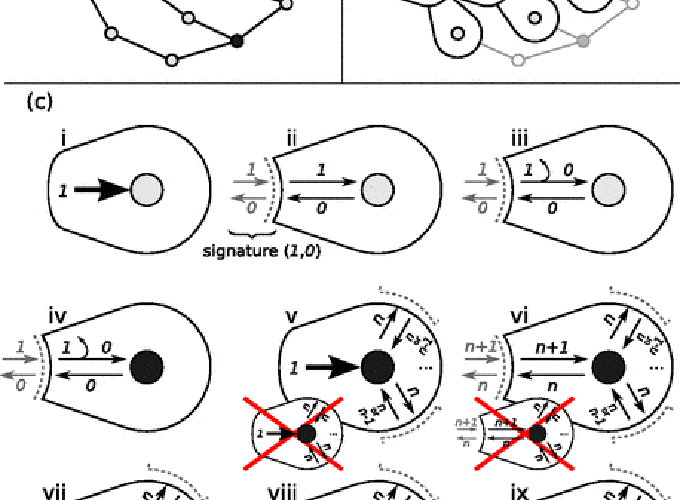Bottom-up model of self-organized criticality on networks

Bottom-up model of self-organized criticality on networks
Abstract
The Bak-Tang-Wiesenfeld (BTW) sandpile process is an archetypal, stylized model of complex systems with a critical point as an attractor of their dynamics. This phenomenon, called self-organized criticality, appears to occur ubiquitously in both nature and technology. Initially introduced on the two-dimensional lattice, the BTW process has been studied on network structures with great analytical successes in the estimation of macroscopic quantities, such as the exponents of asymptotically power-law distributions. In this article, we take a microscopic perspective and study the inner workings of the process through both numerical and rigorous analysis. Our simulations reveal fundamental flaws in the assumptions of past phenomenological models, the same models that allowed accurate macroscopic predictions; we mathematically justify why universality may explain these past successes. Next, starting from scratch, we obtain microscopic understanding that enables mechanistic models; such models can, for example, distinguish a cascade’s area from its size. In the special case of a 3-regular network, we use self-consistency arguments to obtain a zero-parameter mechanistic (bottom-up) approximation that reproduces nontrivial correlations observed in simulations and that allows the study of the BTW process on networks in regimes otherwise prohibitively costly to investigate. We then generalize some of these results to configuration model networks and explain how one could continue the generalization. The numerous tools and methods presented herein are known to enable studying the effects of controlling the BTW process and other self-organizing systems. More broadly, our use of multitype branching processes to capture information bouncing back and forth in a network could inspire analogous models of systems in which consequences spread in a bidirectional fashion.